
Week One with the Nuthatches!
Dear Nuthatch Families,
We are so grateful to have begun this adventure of learning and growing alongside your children this fall! We want to share this journey with you, so here is a taste of what we’ve been up to, from our nest to yours…

Preschoolers spread out with their lunches after a morning of focused, hands-on activity.
These first two days at preschool have found the Nuthatches stepping into a beautiful place that is new to many of us — the Ash Grove — and asking how we can make it a home. Part of this has been social; we’ve been learning each other’s names and what brings us joy and gratitude (trees, twirling, family, and dancing – to name a few!)… And then there is the natural space around us: at snack time on Thursday, we asked the preschoolers how they would like to care for and shape our nest. The first projects they got excited about were adding to the basic structure of a lean-to shelter in camp (thanks Jed and Sean for putting this up!) — tying limbs together with goldenrod, making deer fur pillows and other furniture — and working as a family of squirrels to add nuts and leaves to our “fall sensory pit” with the awareness that winter is gradually on its way. Several children began measuring everything they could find in the shelter using bark measuring tapes. A few others began a different building project: fairy homes!

Children working on furnishing and beautifying the shelter.
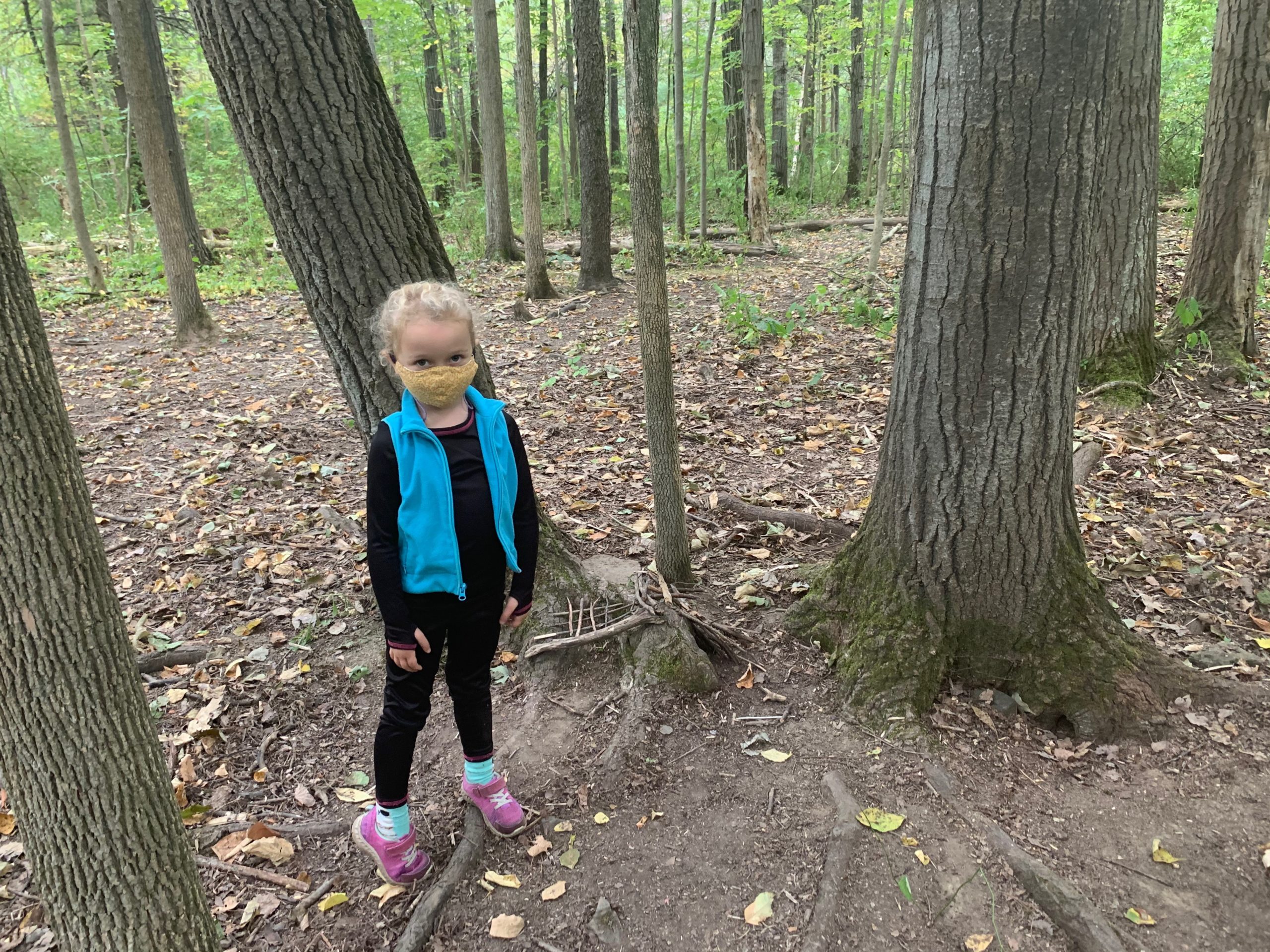
Upside-down nuthatches (ask your children!),
Elisabeth and Mira










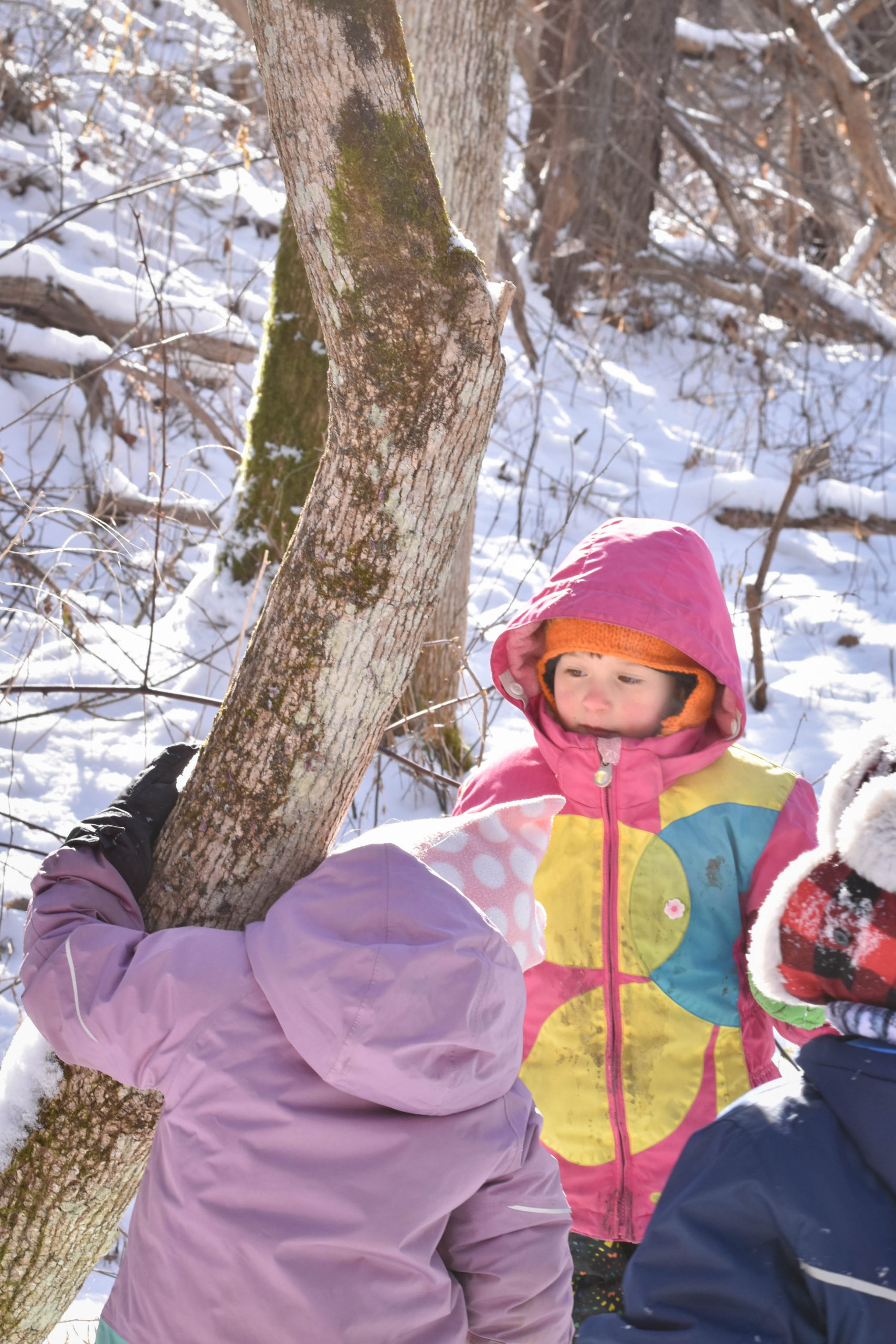

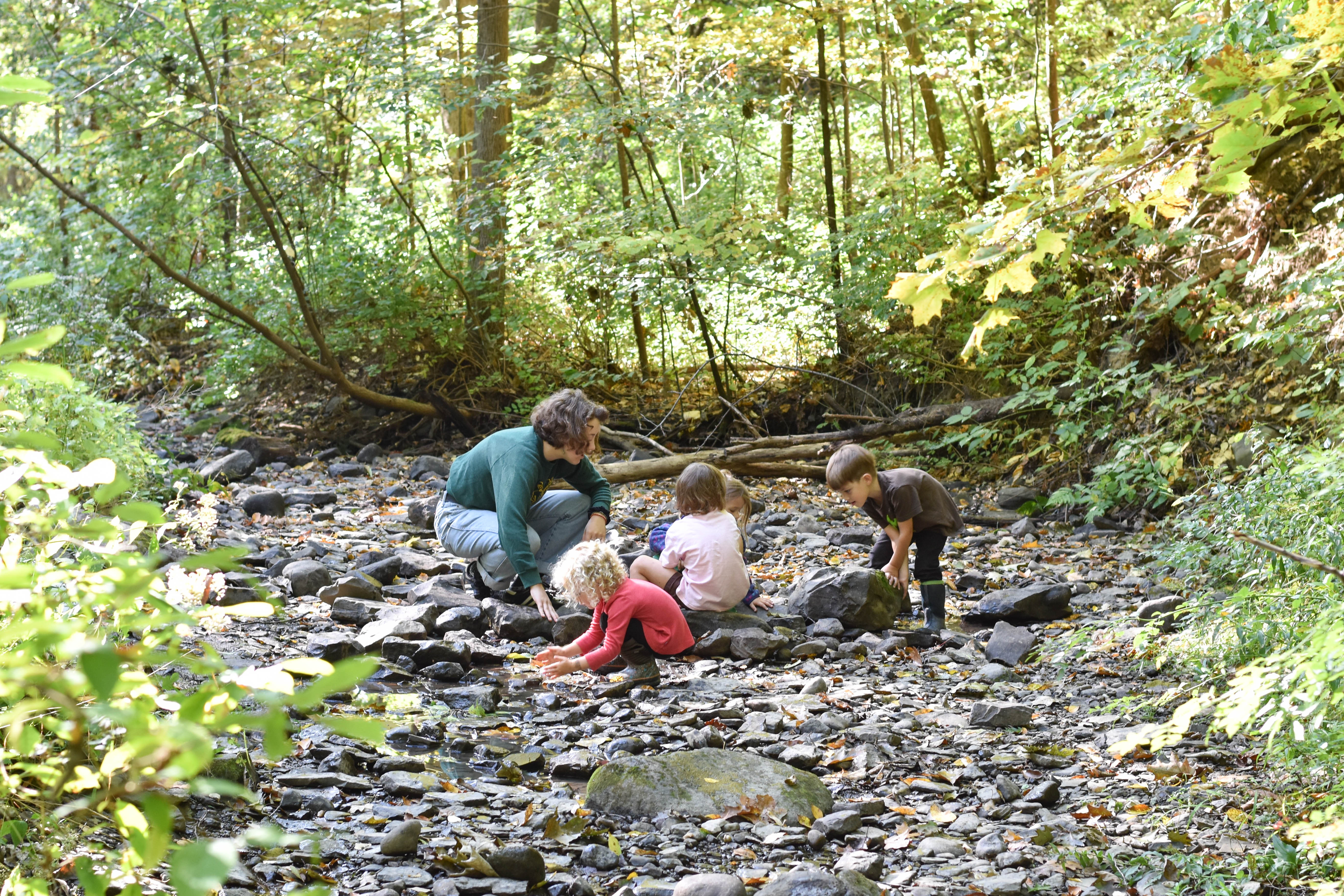

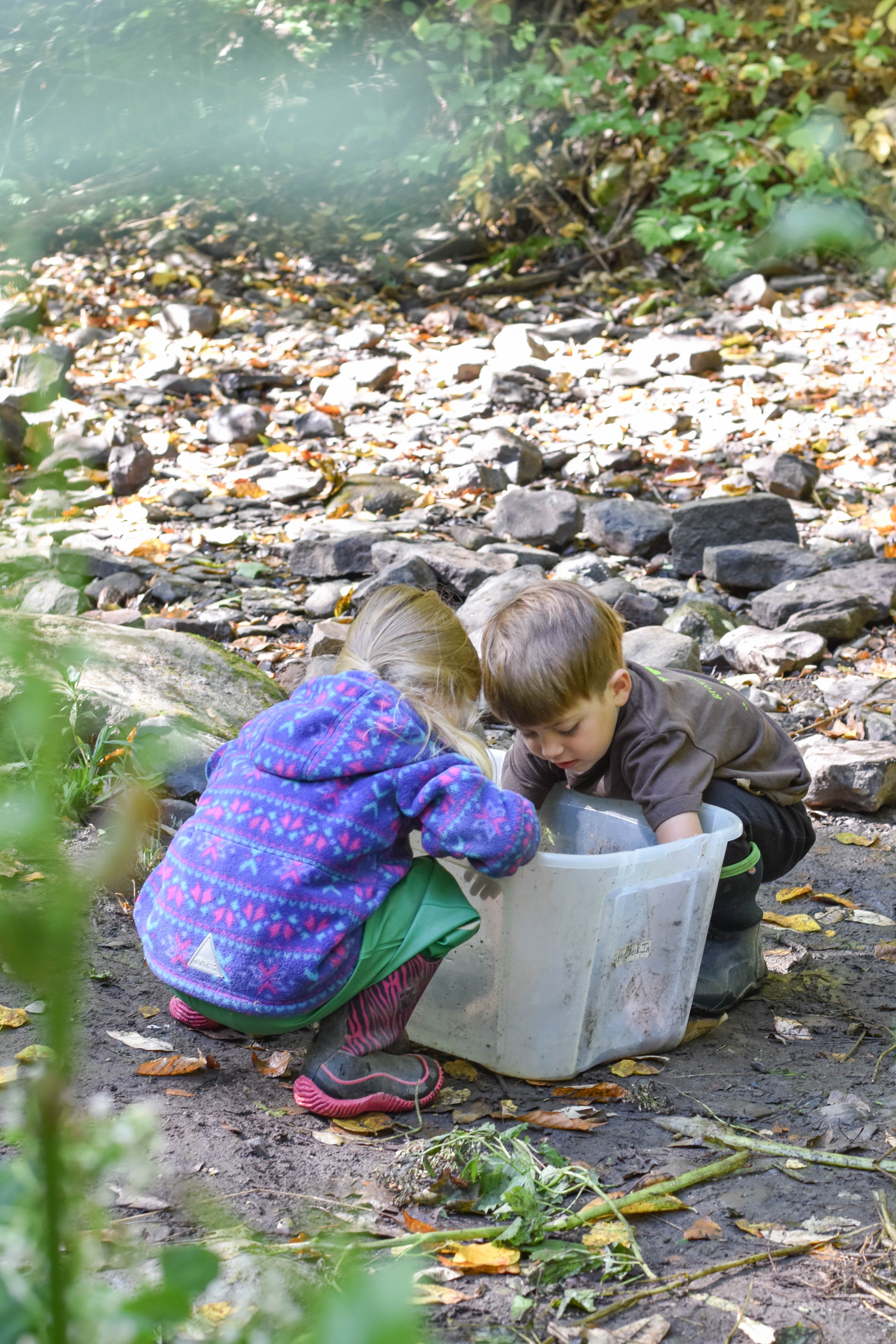














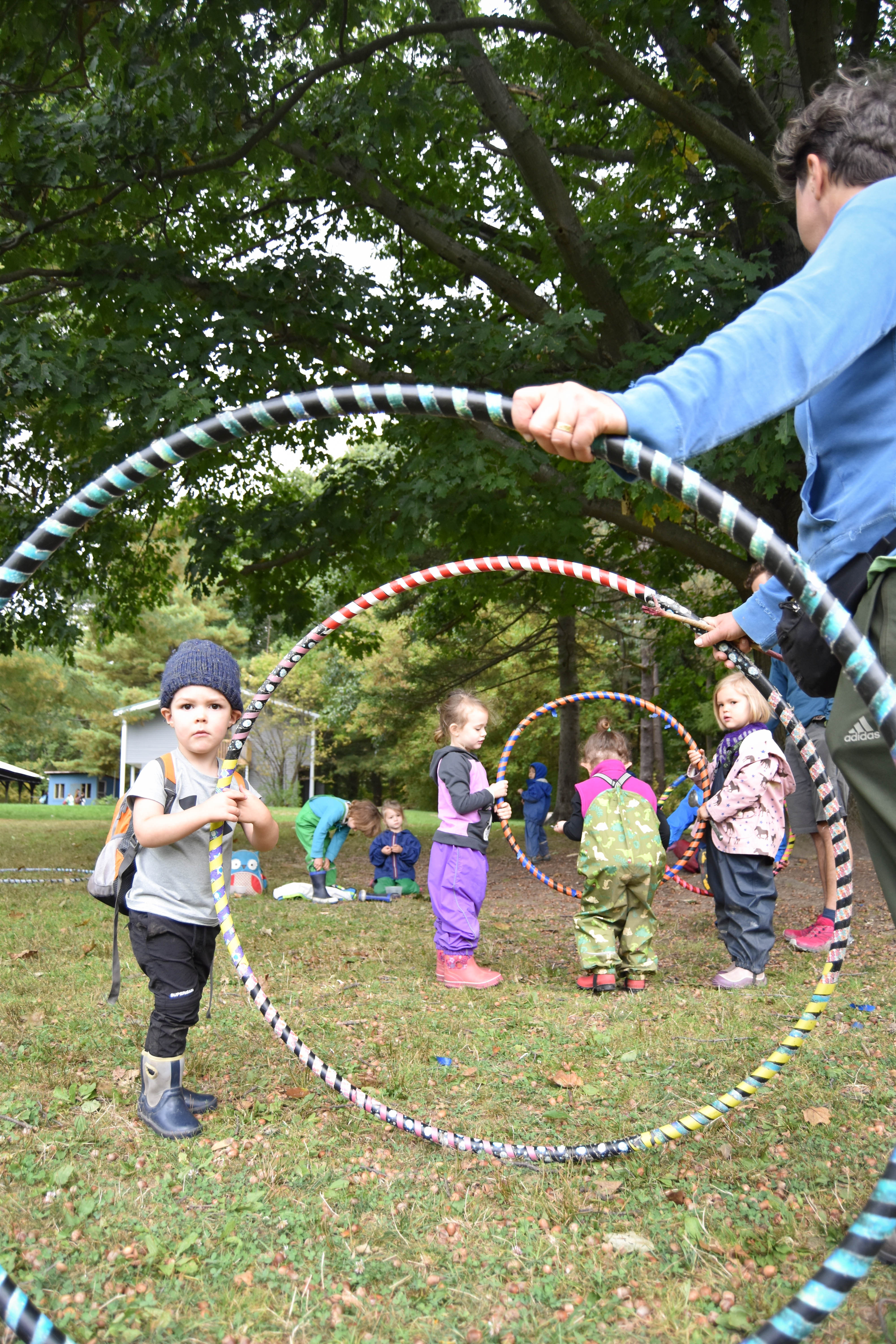





Recent Comments